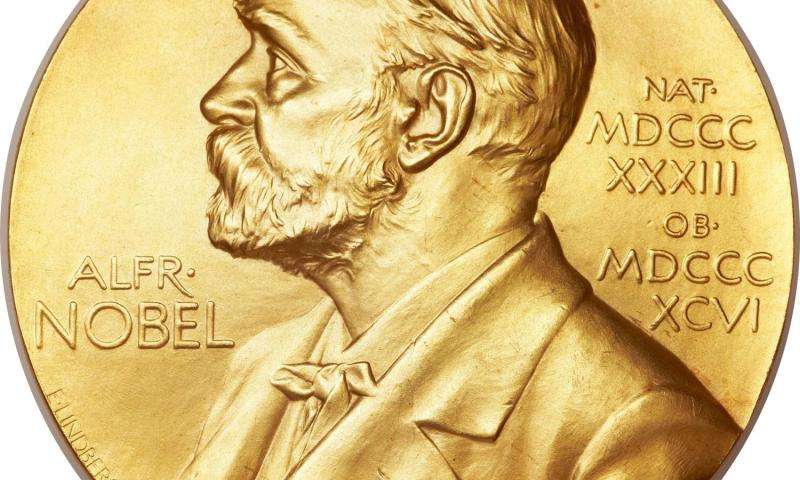
This year’s Nobel Prize for Chemistry has been awarded “for the development of a method for genome editing” to Emmanuelle Charpentier of the Max Planck Unit for the Science of Pathogens, in Berlin, Germany and Jennifer A. Doudna of the University of California, Berkeley, USA. The pair discovered one of gene technology’s sharpest tools: the CRISPR/Cas9 which the Nobel prize team describe as ‘genetic scissors’. It is the first time the Nobel Prize for chemistry has been awarded to two women in the same year in its 119-year history.
As those of you who work with synthetic biology will know, by using CRISPR researchers can change the DNA of animals, plants and microorganisms with extremely high precision. This technology has had a revolutionary impact on the life sciences, is contributing to new cancer therapies and may make the dream of curing inherited diseases come true.
Researchers need to modify genes in cells if they are to find out about life’s inner workings. This used to be time-consuming, difficult and sometimes impossible work. Using the CRISPR/Cas9 genetic scissors, it is now possible to change the code of life over the course of a few weeks.
“There is enormous power in this genetic tool, which affects us all. It has not only revolutionised basic science, but also resulted in innovative crops and will lead to ground-breaking new medical treatments,” says Claes Gustafsson, chair of the Nobel Committee for Chemistry.
As so often in science, the discovery of these genetic scissors was unexpected. During Emmanuelle Charpentier’s studies of Streptococcus pyogenes, one of the bacteria that cause the most harm to humanity, she discovered a previously unknown molecule, tracrRNA. Her work showed that tracrRNA is part of bacteria’s ancient immune system, CRISPR/Cas, that disarms viruses by cleaving their DNA.
Charpentier published her discovery in 2011. The same year, she initiated a collaboration with Jennifer Doudna, an experienced biochemist with vast knowledge of RNA. Together, they succeeded in recreating the bacteria’s genetic scissors in a test tube and simplifying the scissors’ molecular components so they were easier to use.
In an epoch-making experiment, they then reprogrammed the genetic scissors. In their natural form, the scissors recognise DNA from viruses, but Charpentier and Doudna proved that they could be controlled so that they can cut any DNA molecule at a predetermined site. Where the DNA is cut it is then easy to rewrite the code of life.
Edith Heard, Director General of European Molecular Biology Laboratory (EMBL) commented on the Nobel Prize Chemistry CRISPR announcement: “The beauty of these discoveries is that they stemmed from purely fundamental, curiosity-driven research. Charpentier and Doudna and their colleagues were striving to understand the defence strategies bacteria use (the CRISPR-Cas9 microbial adaptive immune system) and came up with discoveries that have transformed the life sciences.”
Since Charpentier and Doudna discovered the CRISPR/Cas9 genetic scissors in 2012 their use has exploded. This tool has contributed to many important discoveries in basic research, and plant researchers have been able to develop crops that withstand mould, pests and drought. In medicine, clinical trials of new cancer therapies are underway, and the dream of being able to cure inherited diseases is about to come true.
 If you like our Nobel Prize Chemistry CRISPR story, you may also be interested in…
If you like our Nobel Prize Chemistry CRISPR story, you may also be interested in…
Read: European ethics group expected to publish ‘Opinion’ on the ethics of gene editing this spring.
Read: The Big Debate: Was the ECJ ruling a missed opportunity for the EU’s bio-technology sector?
Read: Nobel nod for the green pioneer behind ‘directed evolution enzymes’.
Attend: World Bio Markets – Amsterdam, March 2021.
Download: Issue #18 of the Bio Market Insights Quarterly.
Read: Expert View: Challenges in communicating synthetic biology
Read: US Army synthetic biology project ‘may’ lead to new class of high-performance materials.





